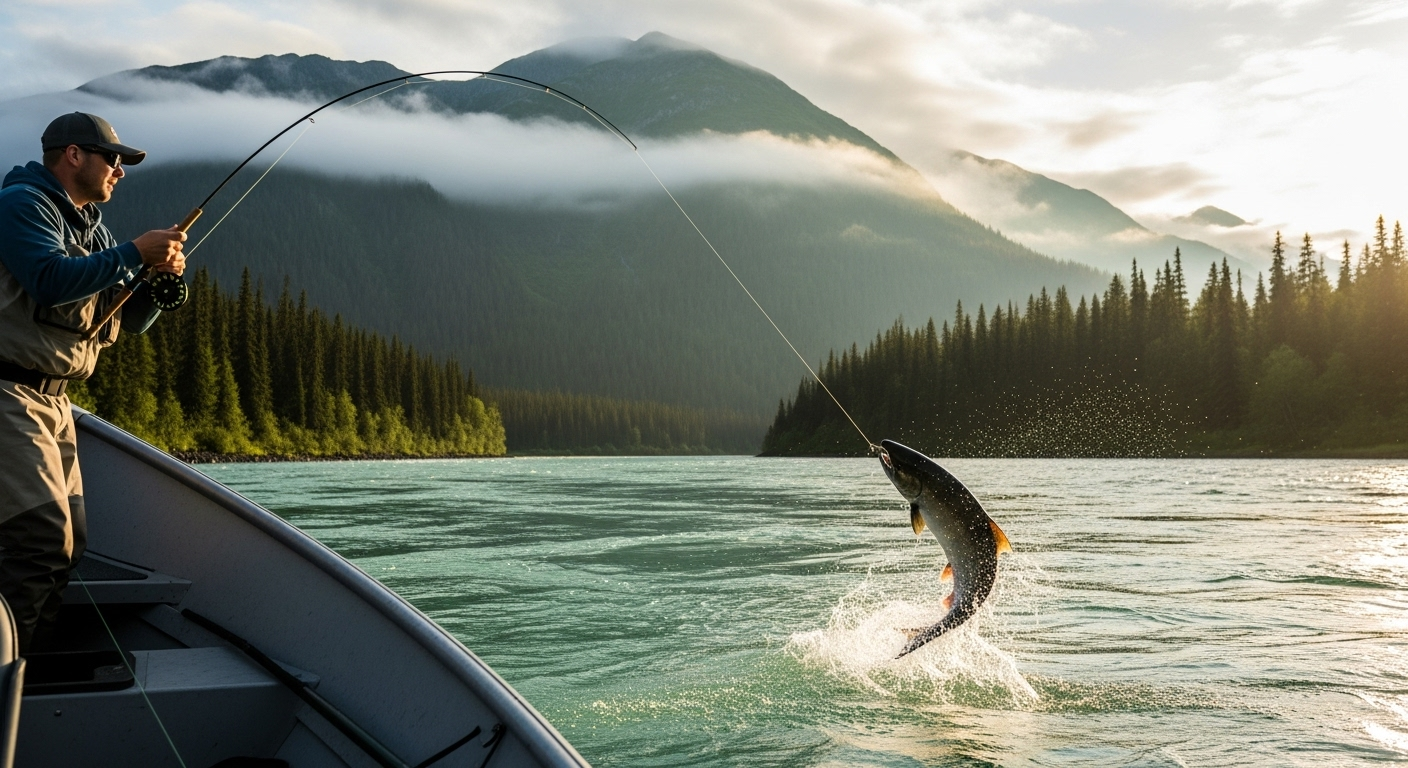Fishing Basics: Boats, Water, and Catching Bass
Fishing connects practical skill, simple gear, and knowledge of water and fish behavior. Whether you’re standing on a shoreline, paddling a small craft, or navigating a motorized fishing boat across a lake, the fundamentals remain similar: locate fishable water, match gear and technique to species, and prioritize safety. This article explains how different boats support fishing activities, how water conditions influence where fish are, practical techniques to try, and what distinguishes a bass boat for anglers focused on bass. It’s intended to help anglers of varying experience make informed choices about equipment and approach while remaining adaptable to local conditions and regulations.

What is a fishing boat?
A fishing boat is any vessel designed or adapted to support fishing activities. That can range from simple inflatable dinghies and kayaks to center-console saltwater rigs and specialized freshwater bass boats. Key features often include secure storage for tackle, rod holders, stable decks for casting, and compartments such as livewells for keeping caught fish. Hull shape and size affect stability and draft, influencing whether a boat is suited to shallow bays, calm lakes, rivers, or open water. Matching the vessel to intended water and methods makes fishing safer and more effective.
How to choose a boat for fishing
Choosing a boat for fishing starts with where you’ll fish and how many people will be aboard. Consider the body of water—shallow lakes favor flat-bottom or shallow-draft boats, while rougher or coastal water needs a more robust hull. Think about power and fuel, trailerability, storage needs for rods and electronics, and local services for maintenance and repairs in your area. Safety equipment, ease of launching, and resale value are practical factors. Trial rides and consulting experienced local anglers can clarify which boat best fits your routine and budget.
Understanding water and fish behavior
Water conditions drive where fish feed and how they move. Temperature layers, dissolved oxygen, current, depth changes, and structures like submerged logs or weedlines create predictable patterns that fish follow. Seasonal shifts—spawn, post-spawn, summer stratification, and fall feeding—change fish locations. Reading the water visually and with tools such as fishfinders helps identify drop-offs, channels, and cover. Observing surface activity and adapting presentations to changing water conditions will improve success more than relying on a single tactic.
Practical fishing techniques
Basic fishing techniques include casting and retrieving lures, bottom-bouncing bait, trolling behind a fishing boat, and still-fishing with live bait. Choose gear and line strength suitable for the species and water conditions; lighter setups improve feel for subtle bites, heavier rigs help with heavy cover. Vary retrieve speed, depth, and lure type to provoke strikes. On a boat, experiment with drift patterns or use an anchor or trolling motor to present baits consistently. Always prioritize safety—wear life jackets and carry communication and emergency gear on the water.
Why consider a bass boat for bass fishing
A bass boat is a purpose-built fishing boat optimized for bass-style angling. Typical features include a flat casting deck forward and aft, a shallow draft to access near-shore structure, integrated rod storage, multiple livewells, and a dedicated trolling motor for quiet positioning. Electronics mounts and battery capacity support fishfinders and GPS. For anglers focusing on freshwater bass, these design elements facilitate long casts, quick target changes, and efficient gear organization. However, bass boats are specialized—consider whether their features align with the range of waters and species you’ll pursue.
Fishing involves a mix of equipment choices, observation, and adaptability. Boats extend access and comfort on the water, while understanding aquatic environments and choosing appropriate techniques produces more consistent results. Local services, regulations, and seasonal patterns will shape specific decisions—combining careful preparation with experience on the water builds skill and enjoyment over time.






